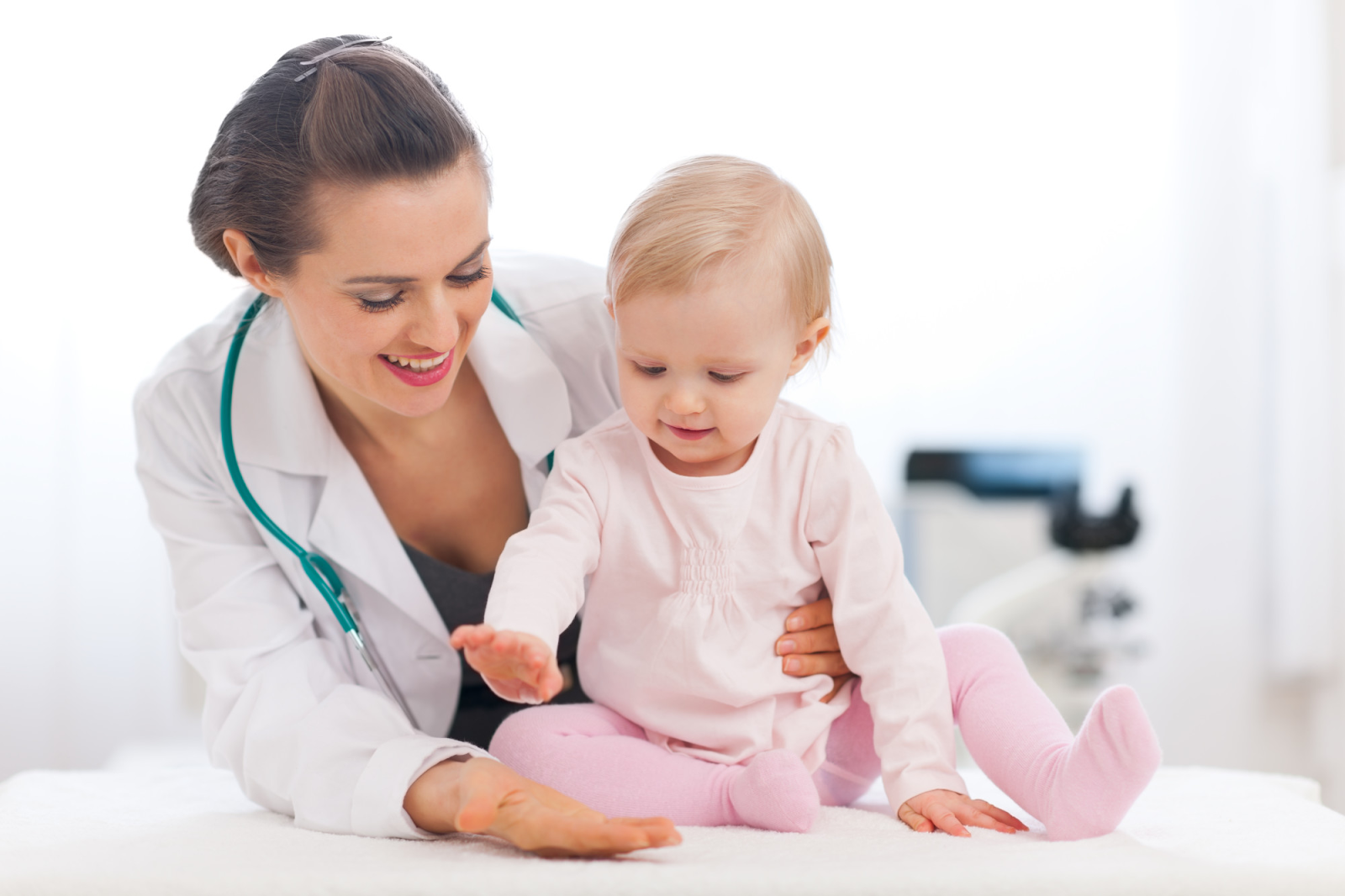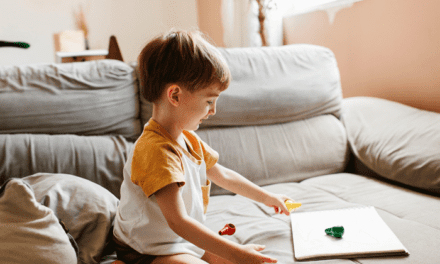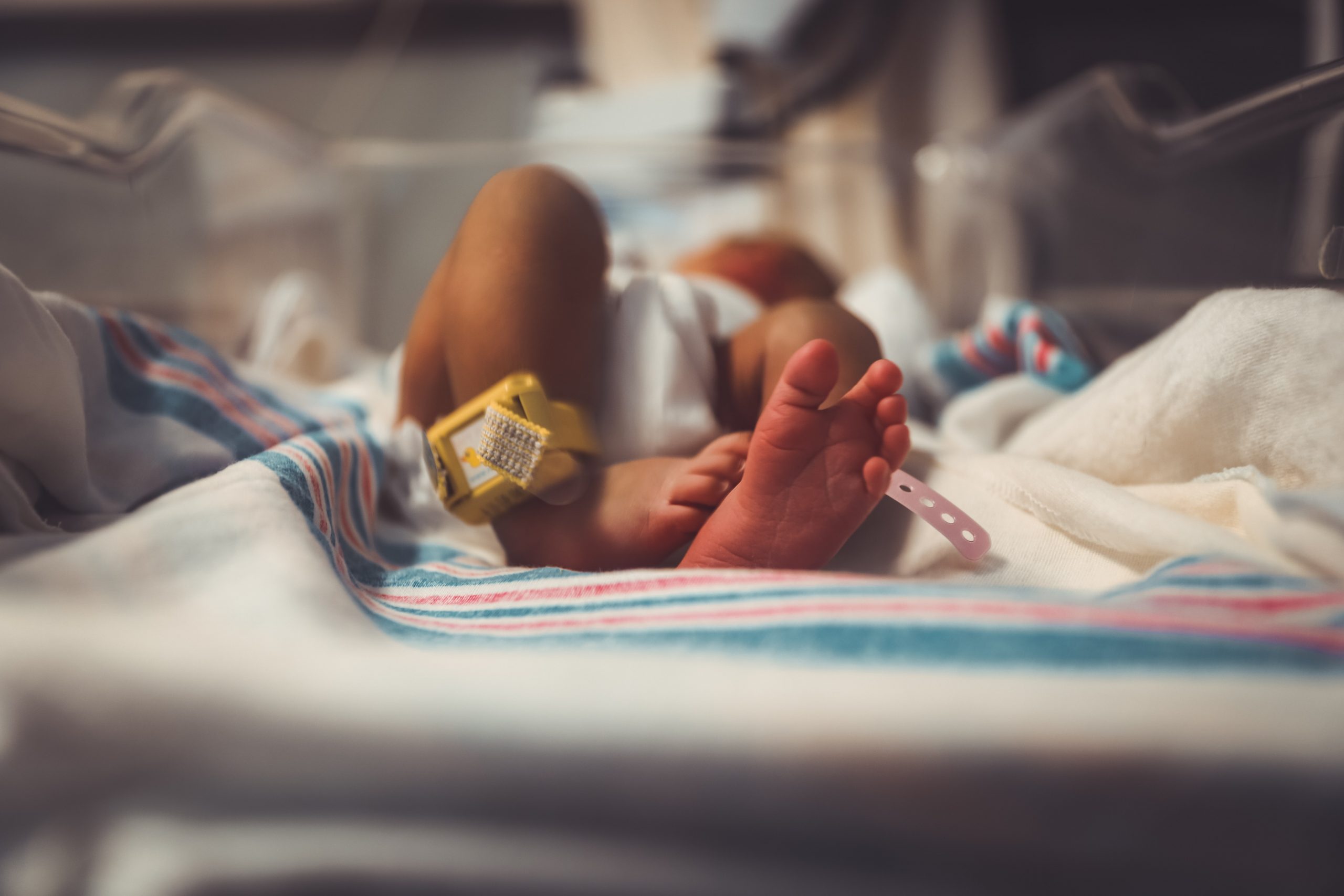A lot of eye problems in children might go unnoticed and can become serious in future. These problems, if not treated at the right time, can hamper your child’s daily activities like reading, writing, playing, etc.
And as we know eyes are one of the most important organs of a human body, it is essential that we keep good sight of what’s going wrong.
So, what are these problems? We’ll be discussing some of the most common ones in this blog. Continue reading to find out!
Amblyopia or Lazy Eyes
Amblyopia is a condition in which the brain is unable to process input from one eye. It begins to ignore the signals.
This disrupts the development of vision in the weaker eye, leading to long-term vision problems. Staring blankly, poor depth awareness, eye wandering, head tilting, are some of the most common symptoms of Amblyopia.
Eye patches, glasses, and eye drops might help in treating the condition. However, in some cases, a pediatric eye specialist may recommend surgery.
Chalazion
Chalazion is a small swelling in the eyelid. The main cause of it is a blockage in the upper or lower eyelid glands.
Swelling and redness of the eyelids is very common. And at times, there can also be a yellowish ooze.
Your child may even have multiple chalazia on their eyelids at the same time. It can occur in one or both eyes. In that case, consider taking your child to a doctor. If you do not see any improvement after 3 to 4 months of treatment then your child might need an eye specialist.
Sometimes, chalazion is so large that it covers the center of your child’s pupil, affecting their vision.
Epiphora
It is a condition in which the child’s eyes are continuously watery or tearing excessively.
This could happen due to a variety of reasons like a tear duct blockage, infection, ocular surface diseases, or allergies.
Blocked tear ducts resolve on their own and usually go away after a few months. In case it does not, consider a mild massage, eye drops, etc. An eye examination by a doctor can recommend a minor surgery.
Pink Eye
Also called Conjunctivitis, pink eye is a condition in which the white part of the eye becomes red. This is the result of an infection, irritation or an allergy.
It is infectious and can cause eye itchiness, tears, or sticky discharge. But can be treated after a course of antibiotic eye drops, ointment, anti-allergy medication, or lubricating eye drops.
Pediatric Cataract
Cataracts can affect both adults and children. In fact, some children are born with them.
The eye appears cloudy in this condition, resulting in blurred vision. Because it is one of the leading causes of childhood blindness, early detection and treatment is critical.
Hence, it is recommended that you see a pediatric eye specialist as soon as possible. They might recommend a treatment based on the level of the cataract. However, most children do require surgery in such cases.
Astigmatism, Farsightedness & Nearsightedness
Refractive errors are the most common eye problems in children. These refractive errors include astigmatism, farsightedness and nearsightedness.
They are caused by defects on the eye’s surface that prevent light from properly focusing on the retina. But the good news is it is treatable with prompt diagnosis and the use of doctor-prescribed glasses or lenses.
Strabismus
Strabismus is also known as crossed eyes. It occurs when the eyes point in opposite directions.
As one eye is straight, the other can point inward, outward, up, or down. It can be present at birth or develop later in life.
The vision in the turned eye does not develop properly in children with strabismus and does not usually go away.
Treatment is most effective when initiated at a young age. It may include glasses, patching, exercises, or surgery, or a combination of all of these.
Treatment Of Eye Problems In Children
Undiagnosed eye problems in children can result in severe and long-term vision issues. Routine screening or regular eye exams can aid in the early detection of eye problems in children.
A comprehensive eye examination is advised for all infants and children if there’s any sign of:
- Turned eye (strabismus)
- Delay in development
- Sluggish vision (amblyopia)
- Strong spectacles at a young age (refractive error)
- Premature delivery (30 weeks gestation or less)
It is good if your child does not have any of the above symptoms. However, if there is a family history of turned eyes, lazy eye, or strong glasses at a young age then there is a risk.
You might want to consider getting an eye test done for your child between the ages of 2 and a half and 3 years.
Takeaway
Our eyes assist us in looking at the world around us and play a critical part in the development of children. Regular eye checkups can help detect any vision problems.
Moreover, many eye problems and diseases can be treated, especially if they are found early. Therefore, you must keep looking after your child’s eyes and check for symptoms.
Also read: Ear Infection In Babies






